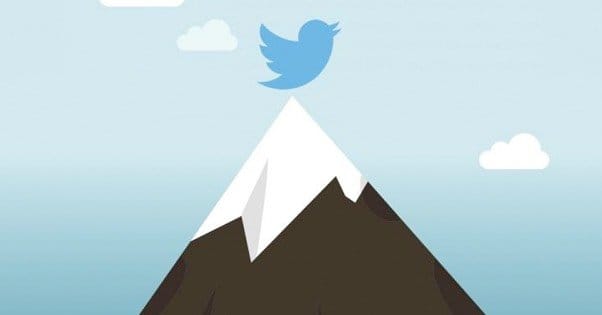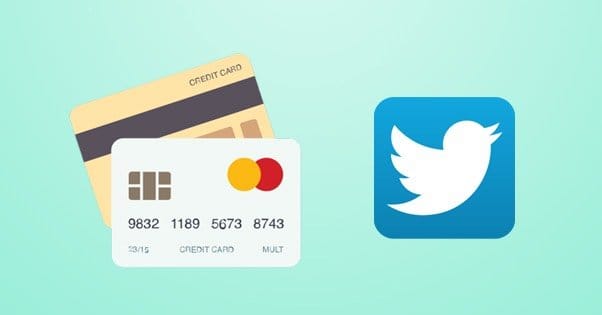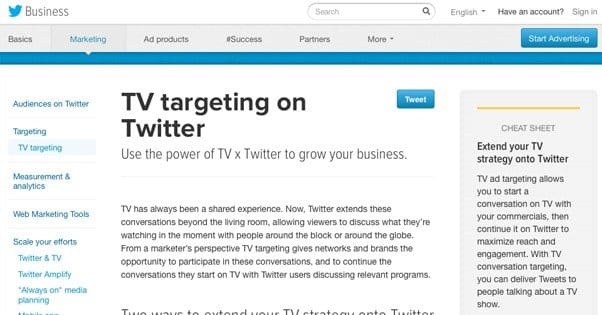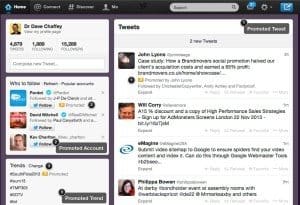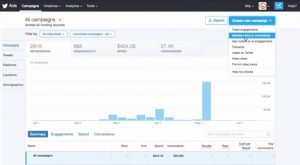 Written by ContentPowered.com
Written by ContentPowered.com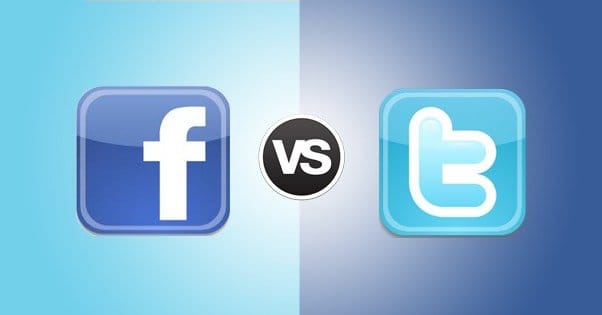
We often talk about Facebook ads as being one of the best ad platforms available on the Internet. Partly, we do this because it’s true. It’s second to Google in some ways, because Google has the added power of hundreds of thousands of sites in their network, while Facebook is limited to just Facebook itself. On the other hand, Facebook has an insanely robust set of targeting options that allow you to get your ads in front of exactly the right people, instead of hoping the right people are on the right sites in the right categories like you do with Google.
All of this ignores another of the greatest ad platforms available; Twitter. Twitter’s ads appear as promoted tweets in the uncurated feeds of everyone within your target audience. They’re like Facebook’s news feed ads, rather than sidebar ads, and that’s a good thing. Sidebar ads are pretty darn ineffective these days, and only the news feed ads designed to look just like news posts tend to work.
One downside to Twitter ads, of course, is that lack of curation. Your ads appear when they appear, and they fall down the feed the same way any other tweet does. This means if you put up your ads at the wrong times for the wrong people, they won’t see them just because they’re so far down the feed.
1. A Different Set of Numbers
The first advantage Twitter has is in their audience. Not everyone who uses Twitter is on Facebook, and many people only have Facebook accounts for the occasional post or game; they don’t care about ads or interact with brands on the platform. They’re instead much more active on Twitter. So first, let’s look at the numbers.
- Facebook obviously wins in terms of user base. Twitter has nearly 300 million monthly actives, but that’s utterly eclipsed by Facebook’s 1.3 billion.
- Both sites are about even in terms of cost per click or per metric. Facebook bids tend to be a bit lower, but you need more volume to succeed compared to Twitter.
- Reach is better on Facebook, due largely to the ability to target users through a curated feed; whereas on Twitter, if you miss them, you miss them.
- Twitter wins on click through rates, however. Facebook has more people, but people on Twitter care a lot more and are a lot more willing to explore. I attribute this partly to the limited space of a tweet; users are used to clicking links to get a larger context. CTR on Facebook averages around .119%, while on Twitter it’s 1-3%, no decimal included.
- Twitter is pulling ahead in terms of engagement as well. Lately it seems as though every move Facebook makes decreases reach and engagement, while Twitter users are consistently good about engaging with brand messages. Great Twitter customer service also contributes to the atmosphere of Twitter being a good place to talk to brands.
- Twitter has the edge in terms of mobile ads, specifically because they were initially designed as a mobile platform. The only area where Facebook pulls ahead is in app downloads, because Facebook is a more app-centric platform.
So you can see that Twitter may not have the sheer numbers that Facebook can leverage, or the depth of targeting, they have better click and engagement rates. This works out to being a smaller but more engaged audience of people more willing to click your links, favorite your tweets, and visit your page.
2. Charging Only Upon Success
One massive advantage that Twitter has over Facebook is the payment scheme. With Facebook, you’re either paying for clicks or you’re paying for impressions. As we all know, paying for impressions is a fool’s gambit. When you can expect a click through rate of a tenth of one percent, you don’t want to pay people to look at and ignore your ads. Ad blindness strikes here as well; many Facebook users are particularly used to ignoring the sidebar, so paying for impressions from the sidebar isn’t actually paying for impressions at all. It’s just paying for another ignored background element.
Meanwhile, paying for clicks guarantees nothing. You don’t pay when people see your post, and instead pay when they click your link. What happens, then, if they click your link but don’t like your site and leave, or don’t want to convert? Nothing. You lose the money you paid to get them on your site, and you get nothing out of it.
This is nothing new for paid advertising, but it’s a problem every marketer has to deal with sooner or later.
On Twitter, this is not the case. You set a budget, you place a bid, and you run your ads, but you only pay when your objective is actually completed. You can run an ad with the intention of getting leads, and you only pay when a lead is generated through that ad.
One of the most interesting and valuable side-effects of this is the Tweet Engagement objective. You make a tweet, and you pay to promote it with the engagement objective. Two people favorite the tweet; one of them through the ad, and one of them through your post organically. How much do you pay? With Twitter’s system, you only pay for one of those favorites. You don’t have to pay for organic engagement, even on promoted tweets.
3. TV Targeting and Other Unique Options
This is where Twitter truly becomes a unique advertising platform. They have a number of unique forms of marketing, but the one I’ll talk about most is TV Targeting.
The idea behind TV Targeting is that Twitter recognizes that their platform is the place to go to discuss TV shows as they happen. You can see this easily every time a high profile show like Game of Thrones airs; Twitter is packed full of people reacting to events in the episode as they happen. You can expect thousands of tweets immediately upon an event happening in the middle of an episode, and even more after the episode ends.
TV Targeted ads are ads that take this context into consideration. Want to tie a promotion in to a show that’s airing? Run an ad that’s context sensitive. When the episode airs, your ad will jump into high gear, displaying itself only to people tweeting about the show. It’s an automatic and highly refined audience, and it’s honestly really cool.
Twitter has a few unique ads you can run this way, and they’re adding more as time passes and they think of new clever strategies. I highly recommend exploring them.
